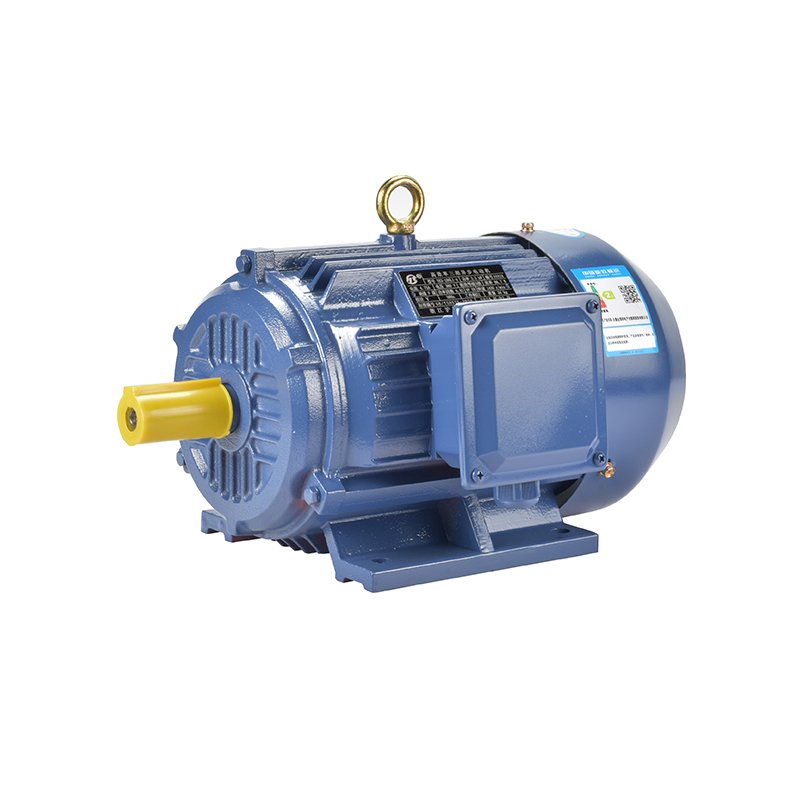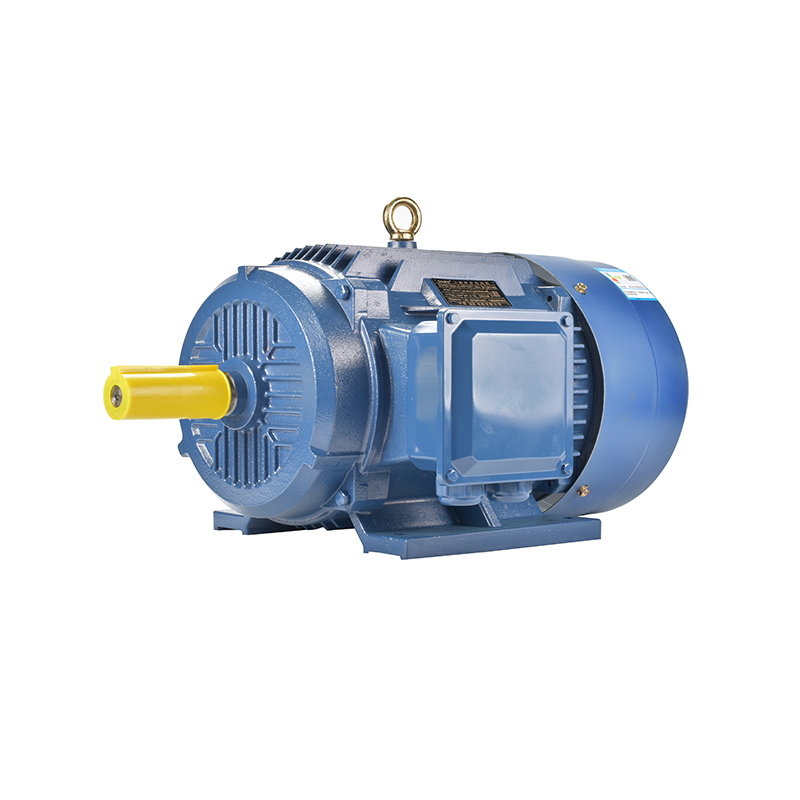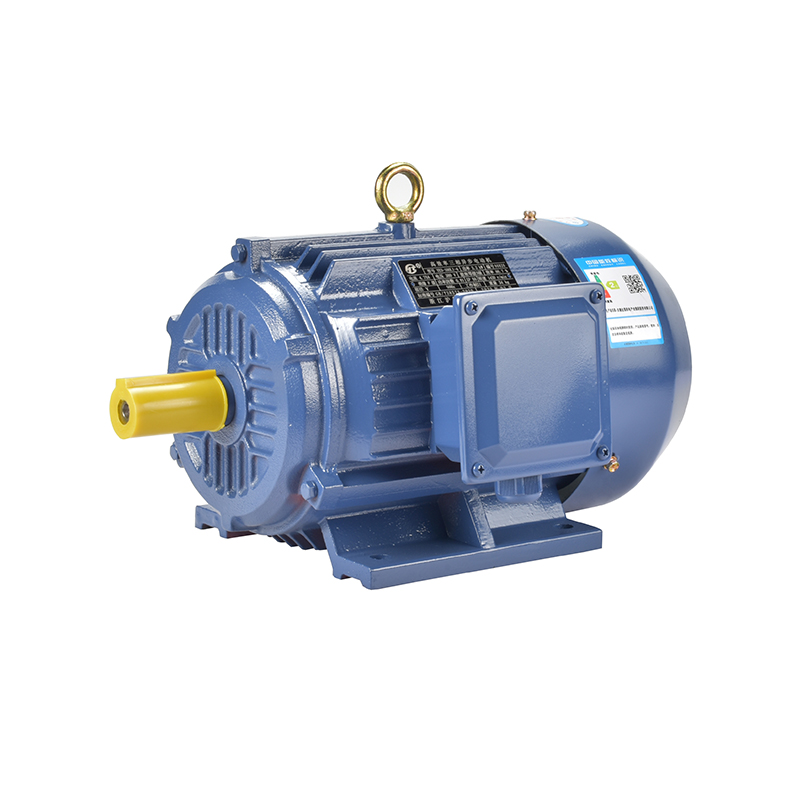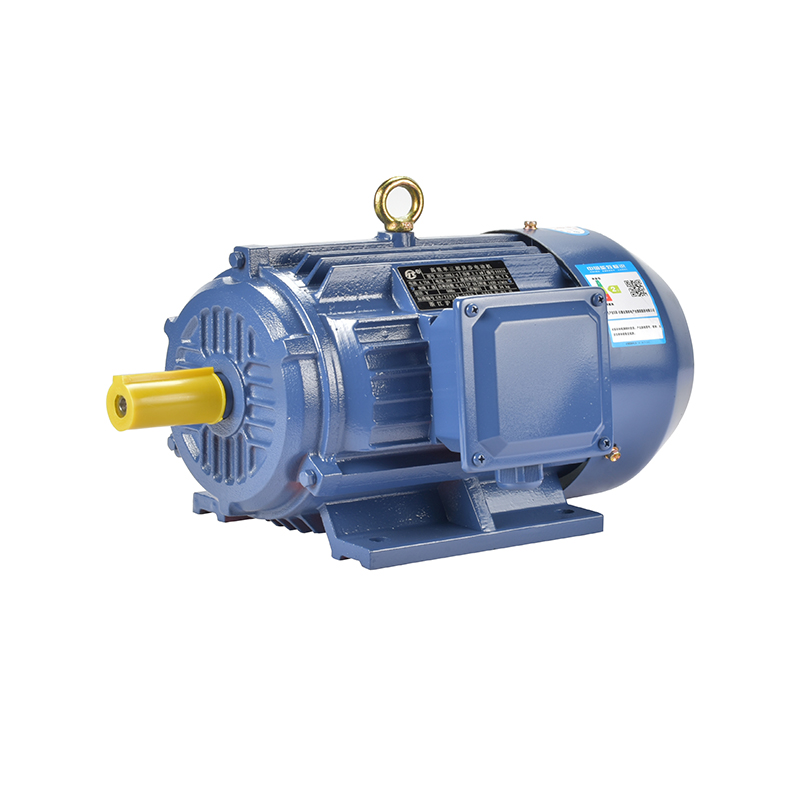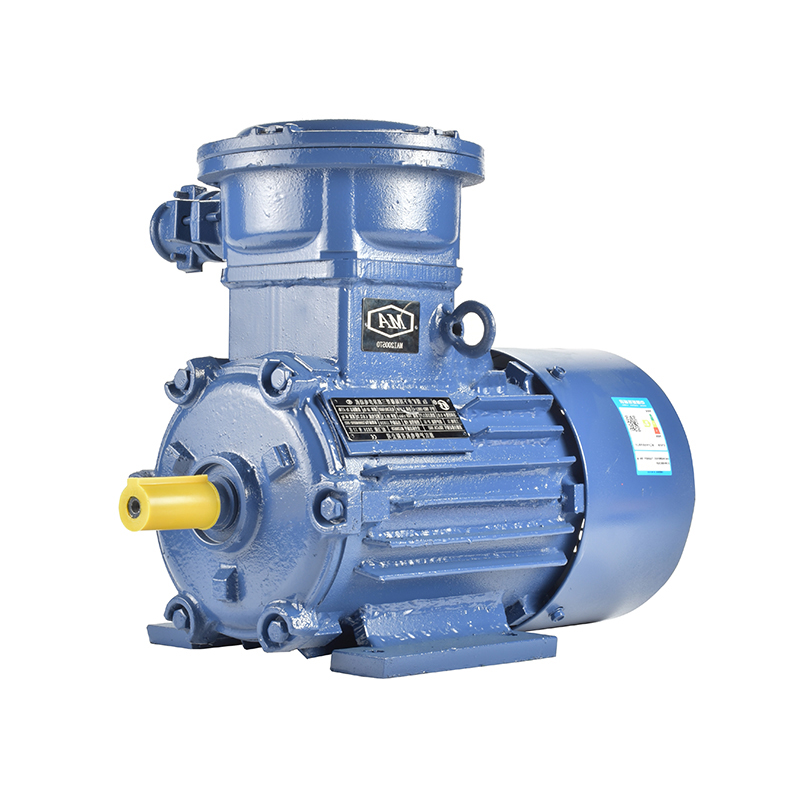The Role Of Motor Control Systems In Smart Manufacturing
In the modern era of smart manufacturing, motor control systems play an essential role in driving efficiency, precision, and adaptability on the production floor. As factories continue to evolve with the integration of intelligent technologies, the importance of a well-integrated motor control system cannot be overstated. These systems not only regulate motor operation but also serve as a vital link between machinery and digital control platforms.
One of the key trends in current industrial settings is the increasing reliance on low current motors. These motors are widely used in energy-conscious facilities that aim to reduce power consumption without sacrificing functionality. A well-designed motor control system allows for real-time current monitoring, enabling operators to adjust parameters based on workload and operational needs. This is particularly useful in assembly lines where compact equipment powered by low current motors must function continuously and reliably. These systems also help to avoid overloads, ensuring that low current motors operate within safe thermal and electrical limits.

Smart manufacturing environments often handle flammable materials or operate in potentially explosive atmospheres. In such cases, flameproof motors are critical. Motor control systems designed for hazardous areas are equipped with special monitoring features, such as real-time temperature sensors and overload protection. The use of flameproof motors ensures that even if a fault occurs, it will not ignite surrounding gases or vapors. When combined with an advanced control system, flameproof motors become a reliable solution for chemical plants, refineries, and even some food-processing environments. The ability to remotely control and monitor flameproof motors reduces human exposure to risk while maintaining system uptime.
Another major advancement is the growing adoption of permanent magnet servo motors in smart manufacturing applications. These motors are known for their fast response, accuracy, and energy efficiency. A robust control system maximizes the capabilities of permanent magnet servo motors, particularly in tasks requiring precise positioning, such as robotic arms or CNC machinery. With intelligent feedback loops and encoder integration, motor control systems can synchronize motion sequences across multiple axes, significantly improving the overall workflow. In applications like 3D printing or high-speed packaging, permanent magnet servo motors paired with advanced control offer both speed and repeatability.
Flexibility is another key advantage of modern motor control systems. Whether managing a low current motor in a lightweight conveyor or a flameproof motor in a dust-prone environment, today's control platforms support multiple motor types under one unified architecture. This makes it easier for operators to configure and switch between settings depending on production needs. Additionally, predictive maintenance algorithms can assess data from low current motors, flameproof motors, and permanent magnet servo motors to flag potential issues before downtime occurs.
Integration with smart sensors and IIoT (Industrial Internet of Things) platforms further enhances the capabilities of motor control systems. For instance, permanent magnet servo motors connected through a digital interface can communicate performance metrics directly to cloud-based dashboards. Similarly, vibration analysis on flameproof motors can be used to detect mechanical wear or imbalance early. Meanwhile, the operational logs of low current motors can help in energy audits and sustainability reporting.
In high-mix, low-volume production settings, adaptability is critical. Permanent magnet servo motors driven by smart control units can quickly shift between different product configurations without manual intervention. This flexibility not only speeds up changeovers but also maintains consistency across different production runs. Likewise, low current motors are useful in peripheral systems such as labeling or inspection units, where small energy usage is preferred. When equipped with control systems that support soft start and stop functions, low current motors experience reduced mechanical stress and longer lifespan.
As industrial facilities transition toward fully connected smart factories, the integration of flameproof motors, permanent magnet servo motors, and low current motors into intelligent motor control systems is becoming standard practice. The combination of safety, responsiveness, and energy-conscious operation is reshaping how machines interact, adapt, and respond to their environments. In this context, motor control systems are not just about switching motors on or off—they are central to the future of flexible, safe, and efficient manufacturing.
-
Feedback



 English
English русский
русский Español
Español عربى
عربى

